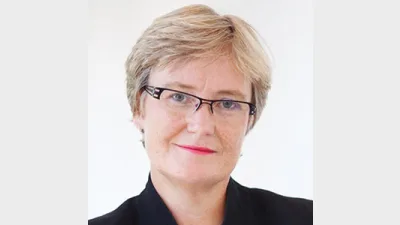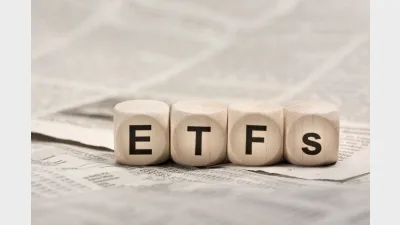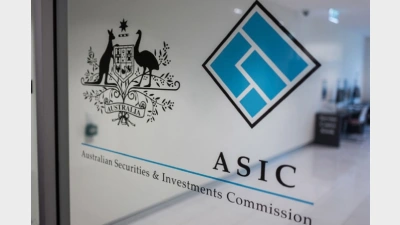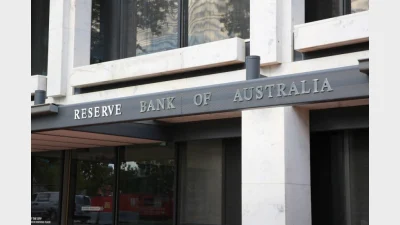High frequency trading concerns overstated: ASIC



Public concerns about the negative impact of high frequency trading (HFT) on the quality and integrity of Australia's financial markets have been overstated, an Australian Securities and Investments Commission's (ASIC's) investigation has reported.
Its HFT taskforce found that order-to-trade ratios were moderate in Australia compared to overseas, with the average holding time being 42 minutes and not seconds.
Most traders, whether HFT or not, had order-to-trade ratios of 4:1 compared to a market average of approximately 10:1, ASIC said.
"The work of the two taskforces (HFT and dark liquidity) has shown that while there are some regulatory gaps to be filled, the overall framework is robust, and that markets and participants are adapting to the faster pace of change," ASIC deputy chairman Belinda Gibson said.
ASIC said although HFT strategies could create "noise" through small orders and trades, ASIC did not find systematic manipulation, predatory behaviour and abuse of markets by HFT traders.
Rather, trading strategies were often adopted by algorithmic traders including institutions, it said.
However, HFT trading was highly concentrated, with the largest 20 entities accounting for about 80 per cent of all HFT turnover.
ASIC found that in relation to dark liquidity, the volume of dark trading remained at about 25-30 per cent, but the nature of trading had changed with less fundamental investors on lit exchange markets.
It said the growth in dark trading had led to a widening of bid-offer spreads in some securities and affected their price formation. Dark venues were growing in number and becoming increasingly multilateral and more market-like, ASIC said.
The regulator said the work carried out by its HFT and dark liquidity taskforces had already affected some change. Both taskforces found potential breaches of market integrity rules and the Corporations Act with some matters referred to ASIC's enforcement area.
Recommended for you
The structural shift towards active ETFs will reshape the asset management industry, according to McKinsey, and financial advisers will be a key group for managers to focus their distribution.
ASIC has warned that practices across the $200 billion private credit market are inconsistent and, in some cases, require serious improvement.
A surge in electricity prices has driven the monthly Consumer Price Index to its highest level in a year, exceeding forecasts.
Infrastructure well-positioned to hedge against global uncertainty, says investment chief.








